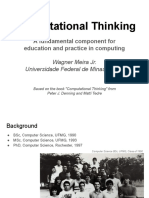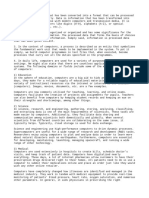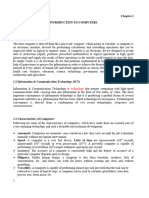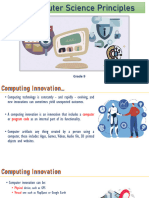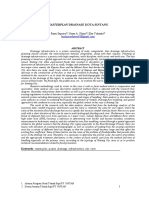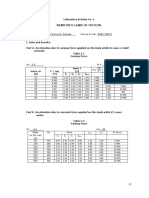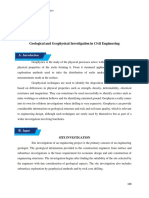0% found this document useful (0 votes)
6 views15 pagesChapter 1
The document outlines the history and evolution of computing, from early telephone switches to modern microcomputers, highlighting significant milestones such as the development of chips and the impact of Moore's Law. It discusses the transformative effects of the information age on society and the role of computational problem-solving and creativity in technology. Additionally, it covers collaboration in software development, the system development life cycle, and the importance of teamwork in creating effective information systems.
Uploaded by
Ng Shi QingCopyright
© © All Rights Reserved
We take content rights seriously. If you suspect this is your content, claim it here.
Available Formats
Download as DOCX, PDF, TXT or read online on Scribd
0% found this document useful (0 votes)
6 views15 pagesChapter 1
The document outlines the history and evolution of computing, from early telephone switches to modern microcomputers, highlighting significant milestones such as the development of chips and the impact of Moore's Law. It discusses the transformative effects of the information age on society and the role of computational problem-solving and creativity in technology. Additionally, it covers collaboration in software development, the system development life cycle, and the importance of teamwork in creating effective information systems.
Uploaded by
Ng Shi QingCopyright
© © All Rights Reserved
We take content rights seriously. If you suspect this is your content, claim it here.
Available Formats
Download as DOCX, PDF, TXT or read online on Scribd
/ 15




